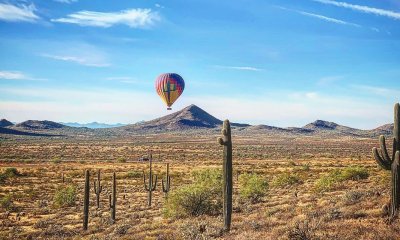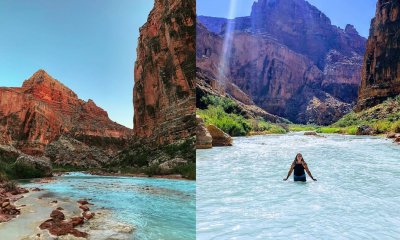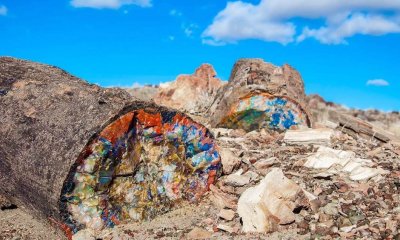Arizona
7 of the Most Dangerous Animals in Arizona
Winter blues got you hearing the call of the Valley of the Sun? Arizona has so much to offer… breathtaking landscapes, stunning plant life, and diverse wildlife. There’s so much there to discover… but actually, there are a few dangerous animals that you might like to remain undiscovered after all. If you’re packing up for a weekend of blissful sunshine, read on to find out about dangerous animals found in Arizona.
1. Gila Monster
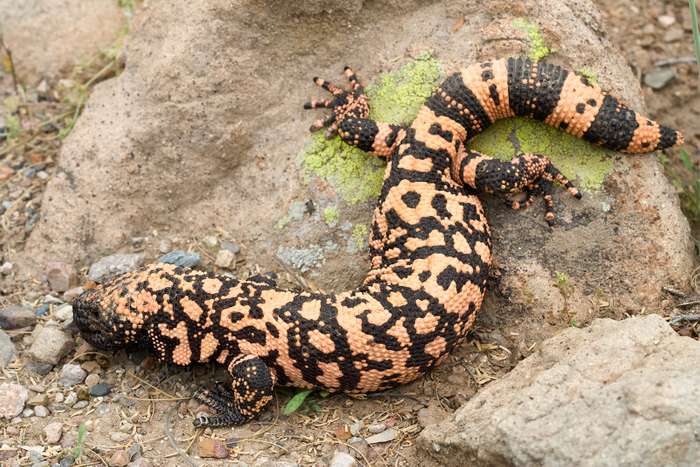
A few of the dangerous animals in Arizona, you may never have heard of before, but everyone has heard of the Gila monster! They were so named when explorers sited them next to the Gila River and could compare them to nothing other than, you guessed it, a monster. With their hefty bodies that easily reach over a foot long and their eye-catching, orange, pink, black, and brown scaly skin, many of them call to mind miniature dragons.
The good news is that Gila monsters like to spend the vast majority of their time in burrows underground. However, that means that when they do venture out, they’re hungry! In fact, since they can eat 35% of their body weight in a single meal, they often eat only a few times a year. These carnivores love ground-nesting birds and lizards, newborn rodents, hares, rabbits, and eggs from birds, snakes, and tortoises.
Gila monsters are the only venomous lizard in Arizona, and they typically will not attack or bite unprovoked. When they do bite, Gila monsters latch on for good. Bites are extremely painful, as these animals tend to gnaw on their victim to release the venom. Get ready for severe pain, plummeting blood pressure, and weakness. Two pieces of good news: although you will need medical attention, bites are rarely deadly, and Gila monsters don’t move very quickly, so there’s a good chance you can avoid the situation altogether.
2. Snakes
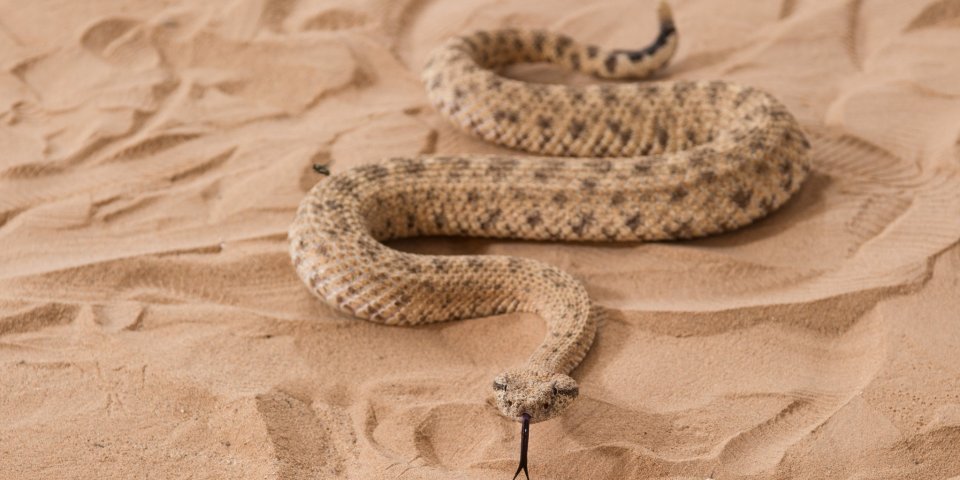
Arizona is home to a laundry list of dangerous animals. especially snakes, including 13 varieties of rattlesnake alone, like the Sidewinder Rattlesnake, the Grand Canyon Rattlesnake, and the Twin-spotted Rattlesnake. Rattlesnakes have long fangs, large venom glands, and they’re known to be aggressive. We’re all familiar with the stereotypical macarena warning that rattlesnakes issue before they strike, but if for some reason you miss this red flag and get bitten, you’re likely to experience dizziness, nausea, and difficulty breathing. It is absolutely critical that you seek immediate medical attention because rattlesnake venom can cause tissue death, and ultimately kill you. Beware of Coral snakes as well. This brightly colored snake is actually similar to the Cobra. In fact, they are the most potently venomous snakes in the country, but because they have smaller fangs and smaller venom glands, they are incapable of delivering their bite in as life-threatening of away.
3. Scorpions
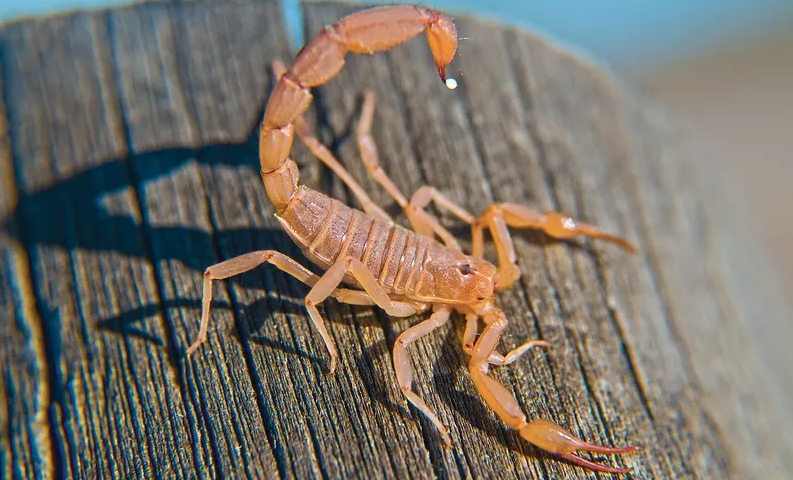
You’ll find over 30 species of scorpions in Arizona, but the most feared is the bark scorpion. In fact, the bark scorpion is the most venomous in the whole country. Unfortunate then too, that it is among the three most commonly spotted species. Actually, this species of scorpion is smaller and more slender than many of its counterparts, but don’t let that fool you. This species of scorpion likes to climb and can be spotted on rock faces or in trees. Unfortunately, these dangerous animals in Arizona also enjoy dark or moist areas like sinks, bathtubs, and storage closets.
If you are stung by a scorpion, symptoms can include intense pain, swelling, numbness or tingling, difficulty breathing, nausea, and vomiting, among others. You’ll want to seek medical attention immediately. One cool fun fact about scorpions is that they glow under a black light, so while you might overlook one in normal lighting conditions, they will glow brightly and be easily seen and avoided if you employ this technique.
4. Spiders
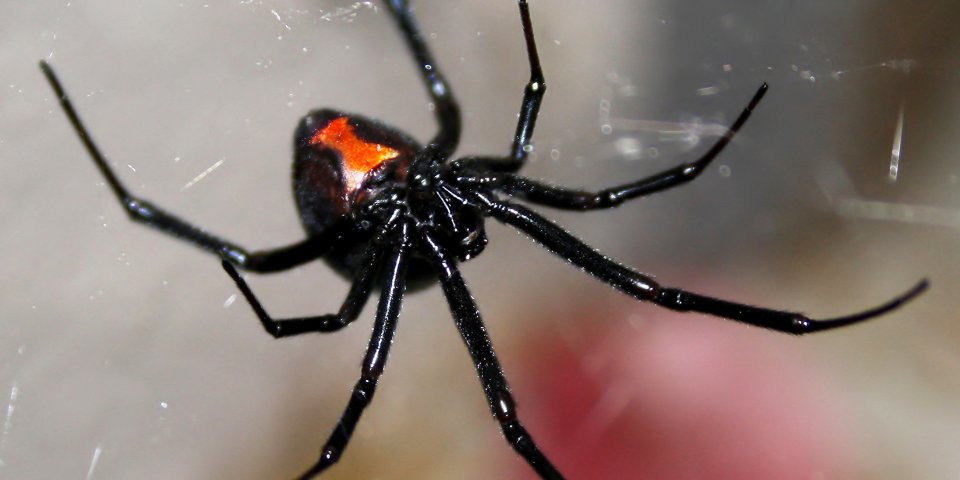
Arizona is home to a few of the most dangerous animals in the whole country. This includes the country’s most venomous spiders. One variety to steer clear of is the Black Widow Spider, which is typically easily identified by the red hourglass marking on their underside. Scarily enough, this spider’s venom is actually more dangerous than that of a rattlesnake. Bad news, since they can be quite aggressive. Another species to avoid is the Brown Recluse.
This spider can be identified by markings that take the shape of a violin. A bite from either of these spiders could be extremely serious. If you find you have a red, itchy bite mark, or sweating, swelling, nausea, and problems breathing, get to a hospital immediately. Doing this promptly could save you a limb, or even your life!
5. Blister Beetles
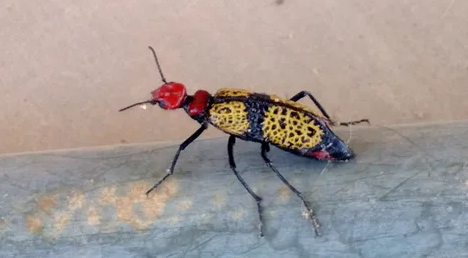
The name of this insect is pretty self-explanatory. There are many different varieties of blister beetles. They can range in color from black and gray to even green, yellow, blue, or metallic. Interestingly enough, these beetles don’t bite or sting. If they’re agitated, they release a colorless, odorless chemical called Cantharidin which causes severe contact irritation. It isn’t safe to touch these insects even if they’re dead! If you happen to cross paths with one of these guys, you can expect swelling, redness, and, yep, unsightly blisters. These beetles love to feast on crops like alfalfa, tomatoes, potatoes, peas, and beans, which means there’s even a rare chance you could accidentally ingest one! Symptoms of Cantharidin poisoning range from stomach pain, severe digestive issues, vomiting, nausea, internal bleeding, kidney failure, coma, and even death.
6. Tarantula Hawk
This is quite possibly the single most terrifying beast you will ever hear of. The tarantula hawk is actually a type of wasp that hunts and kills tarantulas. Their stings have been described as indescribably, unbearably painful, ranked among the most painful alongside bullet ants. Pain from a sting will likely last for about 3 minutes, during which time one scientist recommended in an actual peer-reviewed journal that you simply “lie down and begin screaming.” Its sting is arguably one of the most painful experiences of all the dangerous animals in Arizona. It may help to know that only the females are capable of stinging, but it still seems like good advice to maintain enough distance that you can’t determine if its a guy or a gal. As far as dangerous animals in Arizona are concerned, the tarantula hawk is the least lethal.
7. Kissing Bug
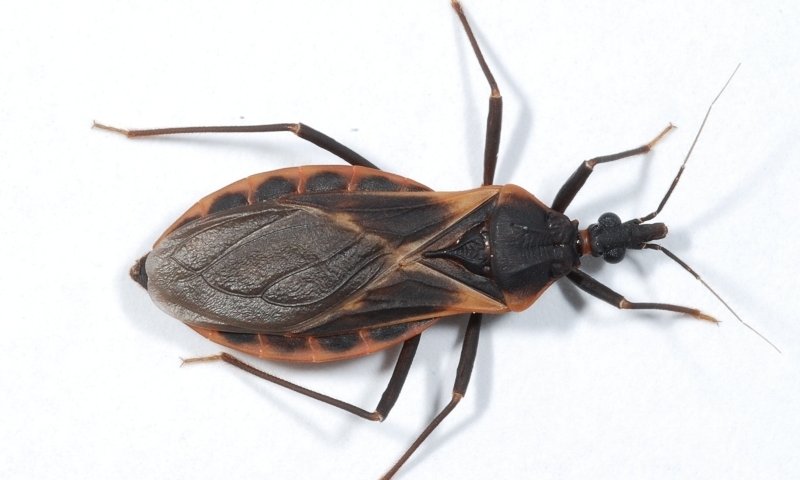
“Kissing bug” sounds almost romantic. There couldn’t possibly be anything dangerous about these animals in Arizona. Not if they just want a kiss, right? Wrong. These bugs are actually bloodsuckers that can carry a parasitic disease. The kissing bug gets its name from the fact that it tends to bite around the mouth area while you sleep. What attracts them is the carbon dioxide we exhale.
As if thinking about bugs anywhere near your mouth isn’t already awful, it gets even worse. They inject an anesthetic similar to bed bugs so that you aren’t aware of having your blood sucked for 20-30 minutes, and when they’ve finished, they poop on you. Yep, you read that right. So, not only will there be itching, redness, and swelling, sometimes, parasites from the feces can enter through the bite wound and cause the person to become infected with Chagas Disease. Symptoms of Chagas Disease include swelling around the eyelids, a headache, rash, fever, fatigue, and body aches. Kissing bugs love tears in window screens and cracks in windows and doors, so seal your house up and sleep tight!
Sun? Check. Some scary predators? Also, check. Which of these Arizona animals do you find most daunting? Would they keep you from visiting The Grand Canyon state?












